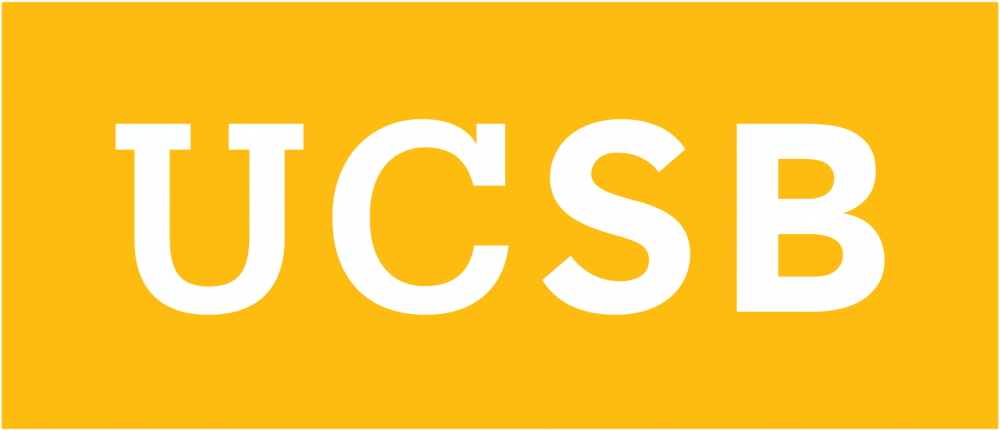![Mechanical design engineer Kelsey Sawvelle works on an ASML XLR-960ix DUV (deep ultraviolet] laser system in a DUV laser lab at ASML’s San Diego R&D center.](https://chemengr.ucsb.edu/sites/default/files/styles/left_side_image/public/images/news/asml.jpg?itok=sYfWhNnQ)
University-industry partnerships are a regular feature at R1 universities like UC Santa Barbara, and in one particularly effective example, researchers in the laboratory of UCSB professor and Chemical Engineering Department chair, Michael Gordon, are pursuing fundamental research as part of a collaboration with ASML. The multinational technology leader provides the world’s most advanced lithography technology, which is critical to mass-producing faster, more powerful, and more energy-efficient microchips.
ASML, the thirtieth largest company in the world in terms of market capitalization, plans to double its current global workforce of 39,000 employees over the next decade. That’s good news for UCSB undergraduate and graduate students who might be interested in seeking employment at the company’s research-and development centers in San Diego, San Jose, Connecticut, or the Netherlands. “We have very active university recruitment, as well as internships and constant university interactions, because we need the best talent for what we do,” says Sam Crisafulli, senior director of development and engineering at ASML San Diego. “We have many specialists, but we also rely on generalists to build, install, and support machines that have to be dependable and able to work at a customer fabrication facility more than 95 percent of the time.”
The Technology
Semiconductor lithography is used to create chips that contain billions of transistors on a silicon wafer. Leading-edge chip makers might have twenty or more such machines in their fabrication facilities, each occupying up to two floors.
ASML’s most advanced lithography systems use extreme (13.5-nanometer) ultraviolet (EUV) light. The light is emitted from a pulsed tin plasma generated by laser detonation and breakdown of small molten tin droplets injected into a vacuum chamber at a rate of 50,000 times per second. The droplet generator must produce ultra-stable droplets and operate for as long as possible between rebuilds. Both of those challenges must be met to ensure reproducible high-resolution lithography, maximized uptime of the EUV on the semiconductor fabrication line, and reduced wafer-processing costs.
Tin droplet formation is a complex process, however, that involves engineering how tin interacts with different material surfaces in the droplet generator, where extreme pressure, temperature, and reactive gas conditions are required. Careful detective work is critical to gaining fundamental insights into these tin-surface interactions, which is why ASML chose to partner with Gordon, who has expertise in high-vacuum surface science, surface metrology, and plasma-surface interactions.
“In our lab, we focus on characterizing, understanding, and engineering interactions that occur at surfaces in a wide range of venues, including how plasmas etch and deposit materials,” Gordon explains. “In our collaboration with ASML, we use a combination of ultra-high-vacuum spectroscopy and forensic metrology studies on actual droplet-generator hardware to try to tease out how tin interacts physically and chemically with different surfaces under a wide range of processing conditions.”
“We prefer not to focus on the fundamental science related to surface interactions of tin droplets,” says Crisafulli. “Rather, we look to leverage the expertise at partner universities and research organizations to extend our capabilities in that area.”
“It’s an ideal pairing, because ASML is in the business of making, selling, and maintaining EUV tooling, rather than carrying out fundamental materials studies that require extensive characterization and microscopy equipment in-house,” Gordon adds. “But in our lab, we have the time, the equipment, and the expertise to dig deeper into the inherent problems of droplet-surface interactions that ASML is trying to solve.”
Students Benefit
ASML has hired multiple UCSB graduates. It also supports a senior final capstone project every year at the annual College of Engineering Capstone Expo in June. The ASML–sponsored student project took first place in the 2023 competition. Currently, the UCSB/ASML project supports one PhD student and one undergraduate student in the Gordon lab.
“The students working on this project are seeing and interacting with cutting-edge technology, as ASML EUV tools have set the standard in terms of laser and plasma technology, power input, length scales, vacuum and optical hardware, and expense,” Gordon says. “It took them about fifteen years and billions of dollars to design, build, and market these amazing machines, which have revolutionized semiconductor lithography for a world with an endless appetite for ever smaller and more densely packed transistors that can provide greater and more efficient computational power. What ASML does could not be more relevant to the future of all micro-electronics, because if we can’t make the small patterns that we need — at scale and in an economical way — then we’re all stuck.”
For engineering students, Gordon adds, “Working on the project is a tremendous opportunity. They get to go down to the ASML facility and see the machine; talk to the engineers, scientists, and technicians there; and see the droplet generator in action. This gives them a real sense of the impact of their work in the lab while better preparing them for careers in high-tech industries.”
This article appeared in the fall 2023 issue of Convergence, the College of Engineering's magazine.



